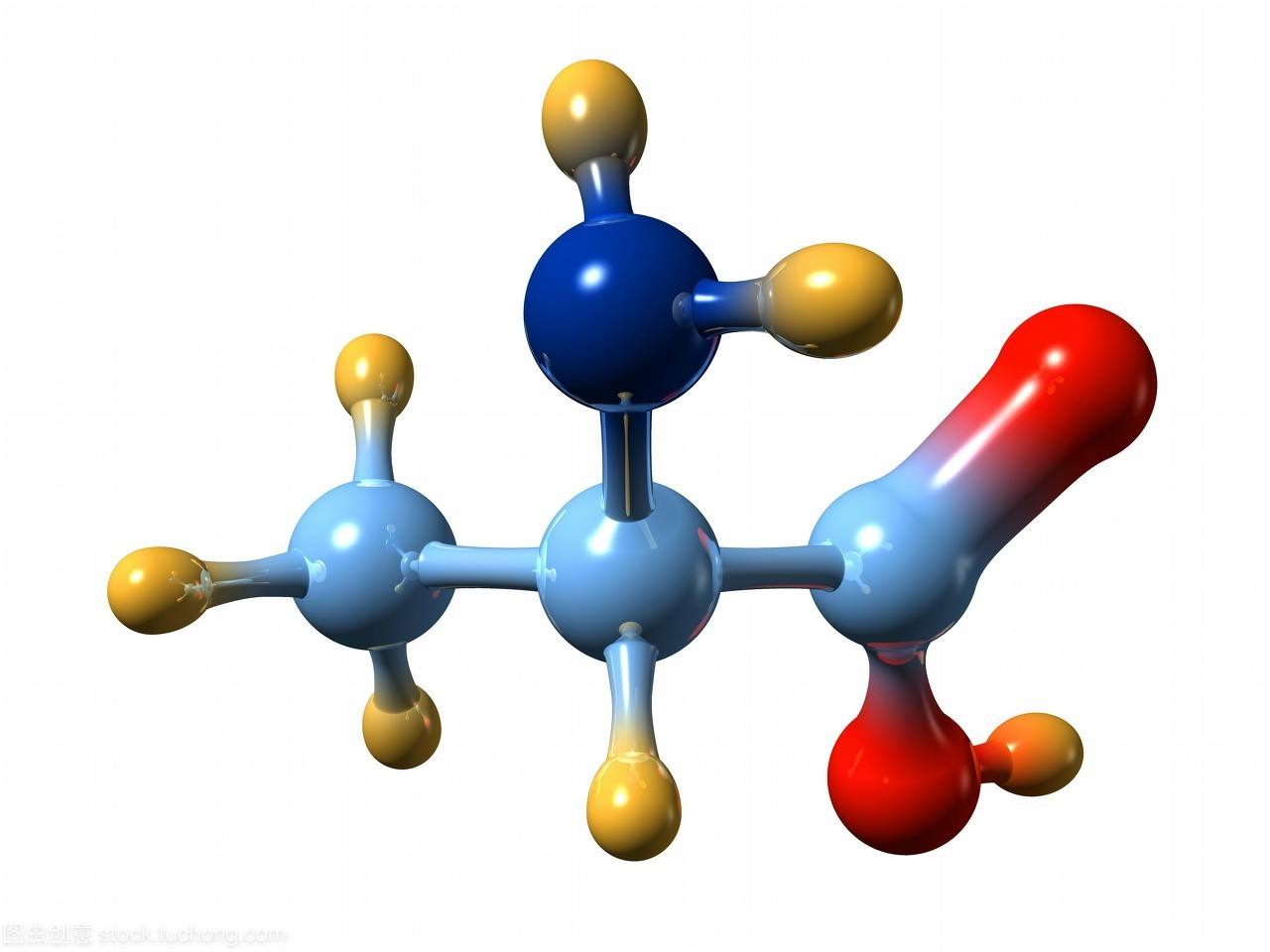In 1973, Pickart first isolated GHK-Cu, which is a tripeptide substance found in the study of active substances that have the same effect on aging tissues and young tissues. Subsequent studies have shown that the sequence of this tripeptide is glycyl-L-histidyl. -L-lysine, and has a strong affinity with copper ions to form GHK-Cu complexes. Studies have shown that GHK functions in the form of complexes with copper ions.
Pickart et al. et al. have demonstrated that GHK-Cu accelerates wound healing and shrinkage, improves the body's ability to accept transplanted skin, and can exert anti-inflammatory functions. Subsequent studies by Borel and Maquart et al demonstrated that GHKCu can stimulate and disrupt collagen and glycosaminoglycan synthesis at very low concentrations. GHK regulates the activity of metalloproteinases and their inhibitors (TIMP-1 and TIMP-2) as important regulators of wound healing and skin regeneration. GHK-Cu activates the synthesis of collagen, dermatan sulfate, chitin sulfate and small molecule glycoproteins, glycoproteins.
In 2001, McCormack et al. demonstrated that fibroblasts with damaged DNA could regain their regenerative ability after patients received radiotherapy and chemotherapy. GHK can also attract immune cells and endothelial cells to migrate to the wound. The ability of GHK-Cu to promote wound healing has been proved by many animal experiments. In rabbit experiments, GHK-Cu can accelerate wound healing and promote the formation of new blood vessels, which increases the content of antioxidant enzymes in the blood. The molecule also induces wound healing in rats, mice, and pigs. Promotes healing, reduces TNF-alpha levels and promotes collagen synthesis in ischemic wounds in diabetic rats. It also promotes wound healing on your dog's footpads. These skin regeneration literatures expand the application of GHK in the beauty industry.
In recent years, GHK-Cu has been widely publicized as a therapeutic ingredient in the treatment of chronic obstructive pulmonary disease, skin inflammation, metabolic colon cancer and other diseases. It has been documented to upregulate or downregulate nearly 4,000 human genes, and it can restore DNA to a healthier state. These studies provide new ideas for skin remodeling.




